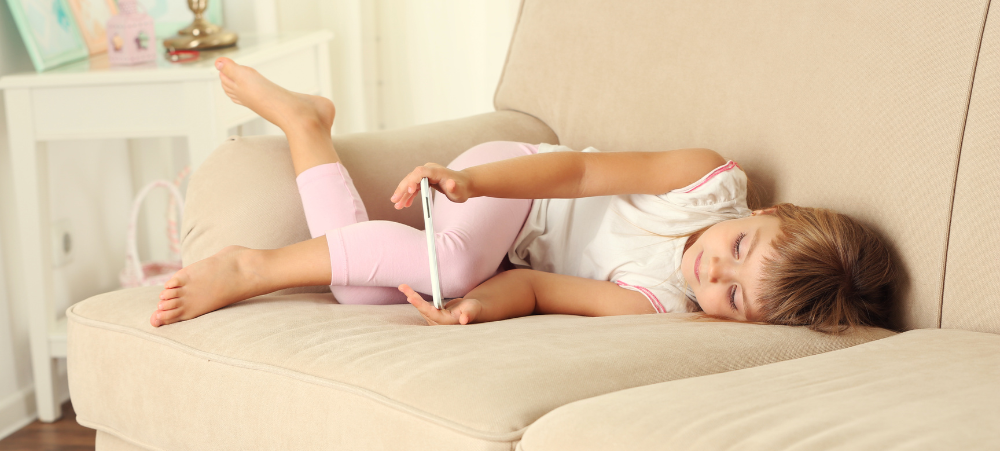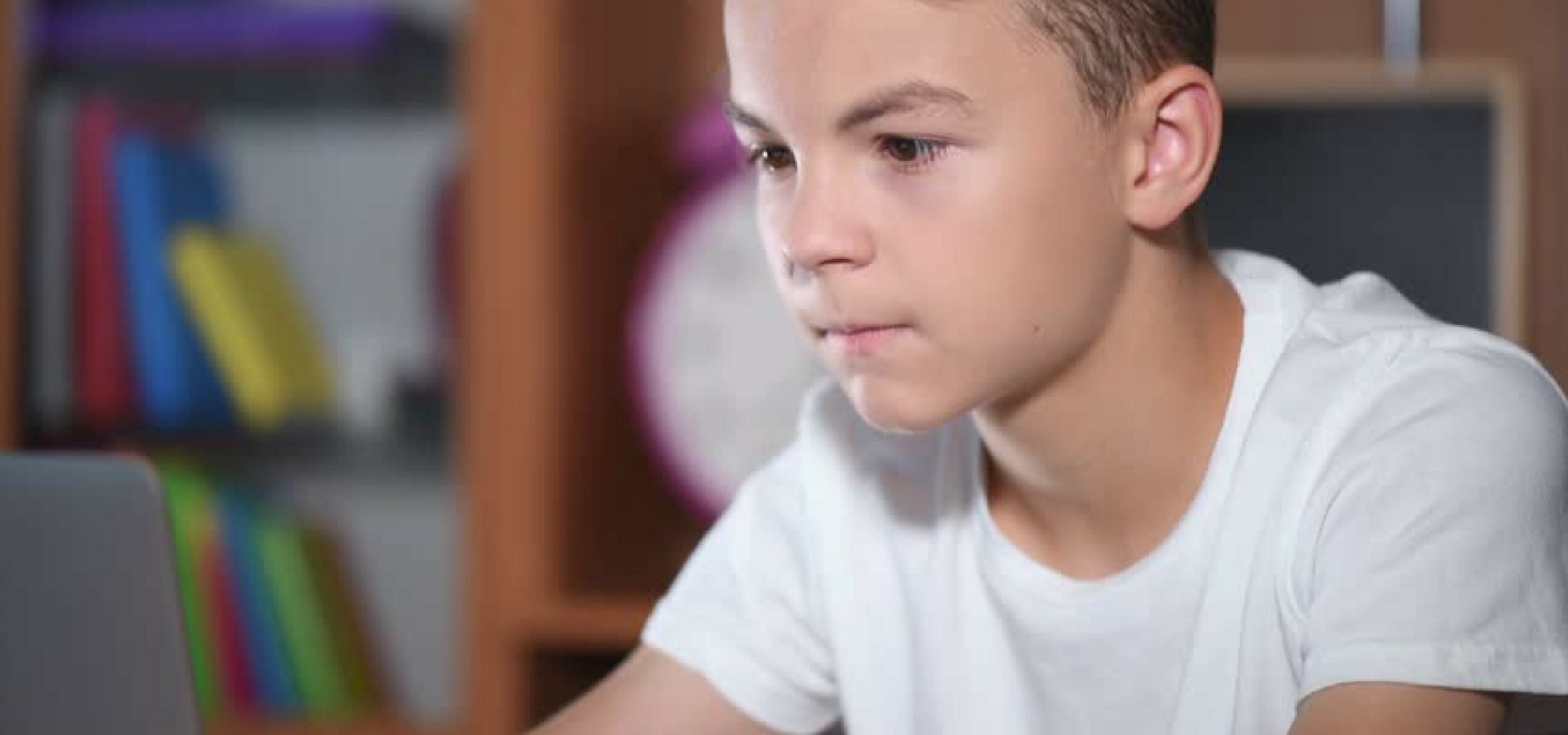
What to do if your parents don’t agree with your study choices
Many Matrics considering their study options for next year are finding themselves in the difficult position of being at odds with their parents or guardians about their preferred direction. While this conundrum has always been around, it is even more pronounced today, given that there are a myriad qualifications and careers that didn’t exist even a few years ago. “Parents often have expectations of the potential careers they see their children pursuing, and it can be hard for them and their children to get on the same page when the parents are in favour of the more traditional qualifications, while the child would prefer to pursue a qualification the parents don’t know much about,” says Nola Payne, Head of Faculty: Information and Communications Technology at The Independent Institute of Education, SA’s largest private higher education institution. She says it is important for families to have a respectful dialogue based on facts and research when they find themselves in this position. “If you are the young adult who would like to pursue a career in, for instance, digital marketing or game design and development, but your parents would rather you do a BCom at a public university, there are ways to get them to see your side of things,” she says. “And if you are the concerned parent, worried that your child’s preferred qualification is lightyears away from what you think they should be doing, there are also a few ways you can set your mind at ease,” says Payne. She says it can be helpful for parents and future students finding themselves at loggerheads to approach the situation as follows: DO THE RESEARCH AND UNDERSTAND THE OPTIONS There are many more study options today than in the past. The range of qualifications on offer has grown exponentially, while the institutions offering them have also multiplied. All registered and accredited higher education institutions – whether they be public universities or private – are registered by the Department of Higher Education and Training (DHET). They are only registered if they have been accredited by the Council on Higher Education (CHE) and registered by the South African Qualifications Authority (SAQA) on the National Qualifications Framework (NQF). Looking up a qualification on the NQF is as easy as going to the SAQA website and typing in a few words. An institution should also be able to give you the SAQA identity number immediately. This means that prospective students and their parents can be confident about the bona fides of any qualification they want to pursue, provided that the institution is recognised by DHET and the programme is listed on the NQF which can be found on the SAQA website. FACE REALITY The world of work looks a lot different today than it did a decade ago, with numerous new and emerging careers on offer, such as brand management, big data analysis, app development, and digital design, to name a few. The traditional, generic 3-year degree is no longer a golden ticket to landing a job. Prospective students would do well to pursue a career-focused qualification which fits well with their talents and interests, and which will prepare them to step into the workplace with confidence. Career-focused qualifications will often also include work-integrated learning, which allows students to build a portfolio of work throughout their time at varsity. This puts them in a much stronger position after graduation when applying for a position. UNDERSTAND THE MARKETPLACE What can you do with your qualification after graduation? That is an important question to ask before committing to a programme. A great way to determine the demand for a qualification and your future earning potential, is to look at career sites and job ads, to see how much demand there is in marketplace. Speaking to an advisor at a higher education institution’s career centre can also go a long way to clarifying your prospects post-graduation. UNDERSTAND THE MOTIVATION FOR STUDYING Pursuing a degree requires a substantial investment of time and money. And handling the demands of higher education and young adulthood is not a walk in the park. The dropout rate among first years is very high, in part because the reason for heading to university wasn’t sound. So if the motivation for further study is for the sake of status rather than to lay the foundations for a specific and successful career, or if a student is only studying to fulfil the wishes of their parents, it would be better to wait, investigate all the options, and only apply when they have found something that gets them really excited about your future. “Parents need to understand that the best approach now is to study and prepare for a world that’s changing, and that the traditional way and ‘safe’ careers may not be the best course of action,” says Payne. “And prospective students need to understand that while the difference in opinion may be frustrating, it is up to them to present their case calmly, clearly and respectfully, with the research to back up the viability and prospects of their choice.”

































